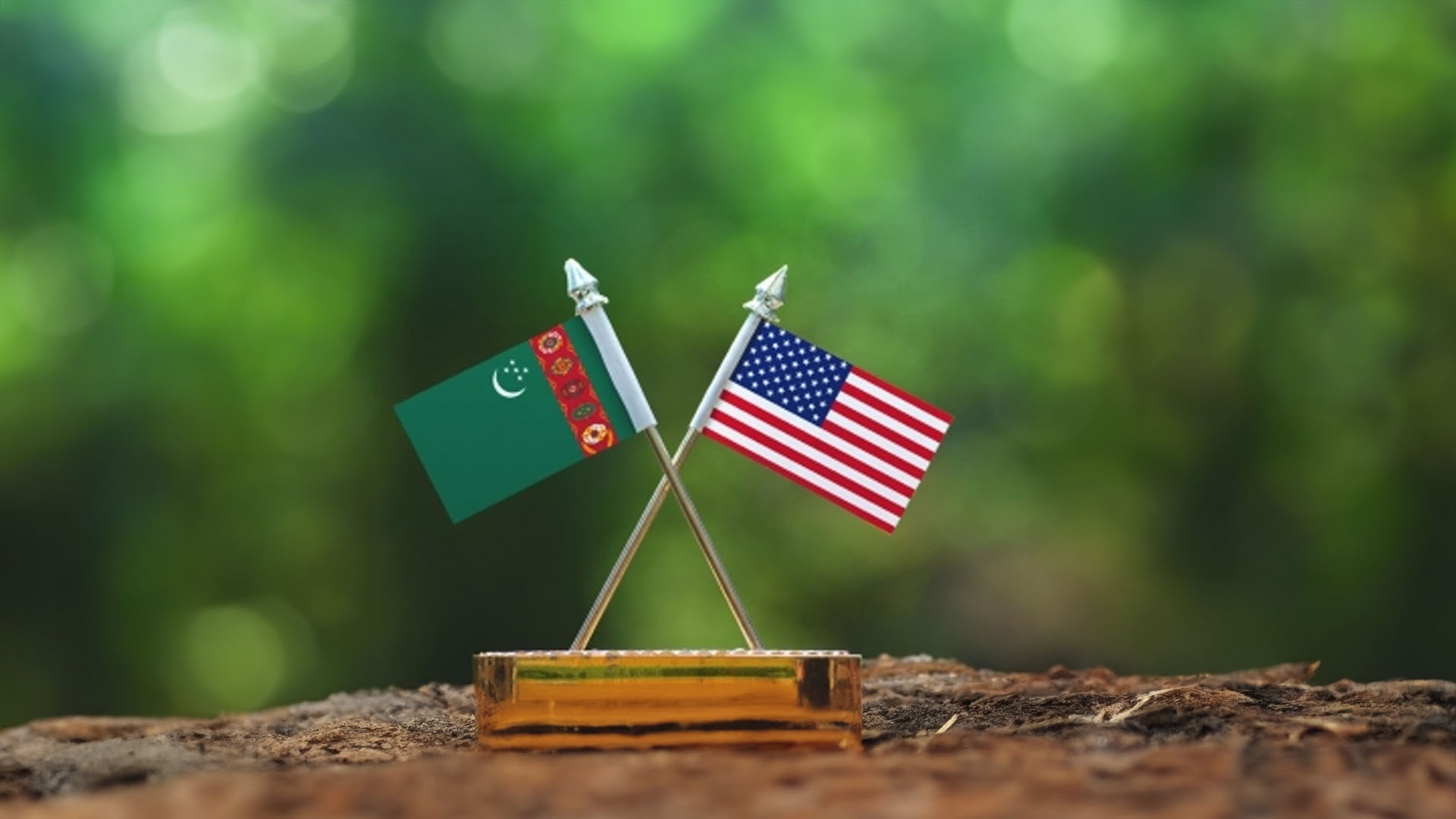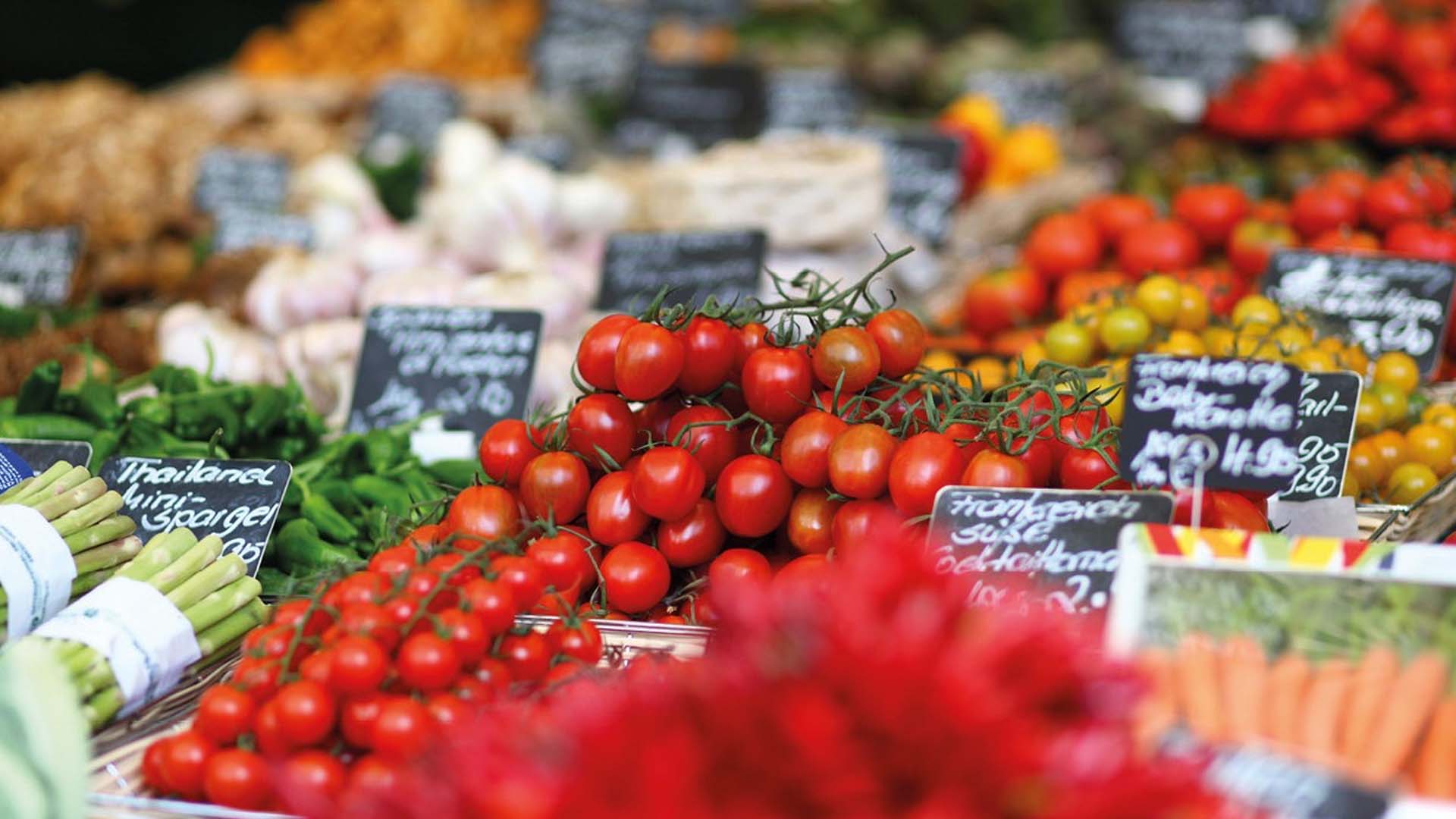A possible global economic downturn and climate change are putting the Central Asian cotton industry in a difficult position. In addition, farmers assume that they are being unfairly dealt with by higher-level beneficiaries. This was reported by Radio Azatlyk.
Citing their information, cotton has a long and tortuous relationship with Central Asia, where it is associated with Russian imperial expansion, labor exploitation, and environmental disaster. But it is also an industry that still occupies large areas of the region and employs millions of people every year.
To our great regret, not all is smooth sailing in this area. The wholesale prices offered to growers this season have been a serious blow to many farms.
According to the International Labour Organisation, about two million Uzbeks participate in cotton harvesting every year, while the country’s population is about 35 million. Such figures make cotton picking in Uzbekistan the largest organized seasonal activity of its kind in the world.
Turkmenistan is also among the leaders in cotton production – it is among the “top ten”. Apart from that, Kazakhstan, Kyrgyzstan, and Tajikistan are also important parts of the agricultural sector.
However, for all its popularity, the industry faces a serious struggle for survival and sustainable development in the face of growing economic crises and environmental pressures.
After restrictions were lifted due to the coronavirus pandemic, world raw cotton prices soared, more than doubling to around $3.3 per kilogram. But by mid-2022, the price had already adjusted significantly, and in December this year, the average world price had fallen to less than $0.8 per pound ($1.76).
After the sharp price drop in 2022, many industry analysts wondered if cotton could predict a global recession. After all, despite high inflation and supply uncertainty, the price collapse happened. And it turns out that farmers, in addition to climatic conditions, that are not always favorable for the crop, have to put up with even lower prices.
According to Zafar Otazhanov, a farmer in Kyrgyzstan’s southern Osh Oblast, wholesalers offer $0.73 per kilogram of cotton, which is barely enough to cover expenses.
In Tajikistan’s Sughd Oblast, farmer Faizullozhon Nazarov complains that he cannot sell his crop at a wholesale price of more than 6.5 somonis, or $0.6 per kilogram. And that’s at a time when sowing costs are rising. In the current season alone, he had to invest about $1,300 per hectare.
It turns out that in such conditions not only to earn but also to pay wages the workers have nothing to use. However, there are suspicions that these losses do not concern only those who are at a higher level.
We further quote Radio Azatlyk:
FORCED LABOUR: IS IT GOING AWAY OR JUST CHANGING SHAPE?
The clusters that emerged in 2018 were part of a broader effort to reform the Uzbek cotton sector, whose reputation for forced and largely child labor, predominantly during the years of independence, led more than 300 international brands and retailers to boycott Uzbek cotton.
This boycott lasted for more than 10 years but is now no longer in effect after the campaign partner, the Berlin-based Uzbek-German Forum for Human Rights, stated in 2021 that despite isolated cases of forced labor at the behest of officials, the practice can no longer be considered “systemic or systematic”.
It was for its commitment to ending “modern slavery” that Uzbekistan was named Country of the Year by The Economist in 2019, and President Shavkat Mirziyoyev was recognized and praised both at home and abroad.
However, according to Umida Niyazova, director of the Uzbek-German Forum, the new cluster-oriented system has proven to be “flawed” and “violent” for farmers.
“Dozens of farmers [interviewed by the Uzbek-German Forum] say that Uzbek cotton production is costing them dearly because they are forced to use products supplied by the clusters (seeds, fertilizers, diesel fuel) at an inflated price,” Niyazova said.
“Another problem is the lack of freedom for farmers to choose how much cotton [or other crops] they want to produce on their leased land. Some farmers say it is not even profitable for them to grow cotton, but the distribution system forces them to do so,” Niyazova noted.
And perhaps most importantly, farmers have little means to organize themselves against clusters that enjoy strong government support.
Niyazova and other human rights activists have documented several cases of farmers forming co-operatives to gain autonomy from clusters that are shielded by the authorities.
“The price of cotton is simply dictated by the clusters, who can rely on local authorities to get farmers to agree,” Niyazova said.
Meanwhile, Turkmenistan remains an outspoken supporter of forced labor. Civil servants have been sent en masse to pick cotton during the current harvest season, which was recently extended by the authorities until early December.
In Tajikistan, many farmers in the north of the country are forced to use at least half of the land leased from the state to grow cotton, although there is no law requiring them to do so.
WATER PROBLEMS
The mass production of cotton was not only a result of Russian imperial expansion into Central Asia but also one of its main motivations, as nascent industrialization increased domestic demand for the crop in Russia.
However, the heyday of cotton culture came during the Soviet period. It was then that Uzbekistan and Turkmenistan were awash in cotton. In addition to laying the foundation for labor abuses that continue to this day, the need for intensive irrigation to grow the crop placed a huge strain on the water supply system of the landlocked region.
The most obvious victim of this process was the Aral Sea, which divides present-day Kazakhstan and Uzbekistan.
Once the fourth largest inland body of water in the world, the Aral Sea has lost 90 percent of its volume since the 1960s, mainly due to the diversion of water from its two largest feeder rivers, the Amu Darya and Syr Darya, for irrigation projects.
Independence has brought no relief, and dust storms have become increasingly frequent in the region surrounding the dry sea, sometimes destroying crops in Turkmenistan as well. While climate change itself poses threats to Central Asian agriculture, another huge engineering and construction project, this time in Afghanistan, is panicking the region’s governments.
Experts predict that water levels in the Amu Darya and Syr Darya rivers could drop by about 15 percent in the coming decades. This is without taking into account the consequences of the Taliban’s construction of the Kosh-Tepa canal in Afghanistan, which will divert water from the Amu Darya for farmers in the north of the country.
Earlier this month, Mirziyoyev said during a trip to Surkhandarya Oblast, which borders Afghanistan, that to preserve water supplies, it was crucial to “convey the message to the population that water is not free”, his administration said in statement.
At the same time, the statement said, authorities are working to eliminate chronic water losses by replacing earthen irrigation canals, which lose about 35 percent of the water flowing through them.
For many Central Asian cotton growers, however, this summer’s drought was ample evidence of the problems the region’s main cash crop could face in the medium to long term.
“The harvest was bad. There was not enough water. The cotton has practically dried up and did not rise normally [from the ground],” farmer Abdukhofiz Makhmudov told the Tajik edition of Azattyk.
“We planted maize on an unused part of the land. At first [the authorities] did not allow us to plant it, but after they saw that cotton was not growing, they had to allow it,” Makhmudov said.









